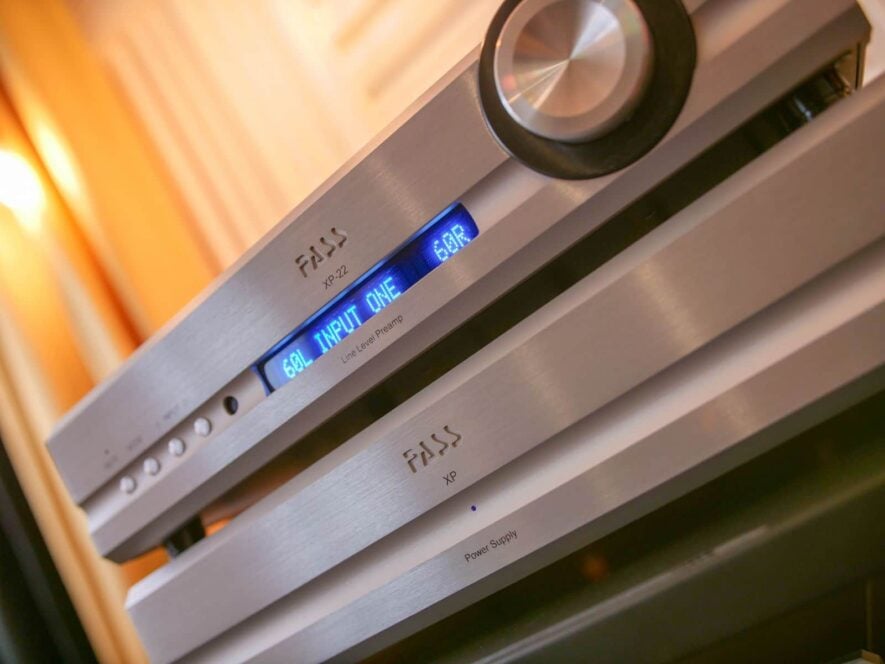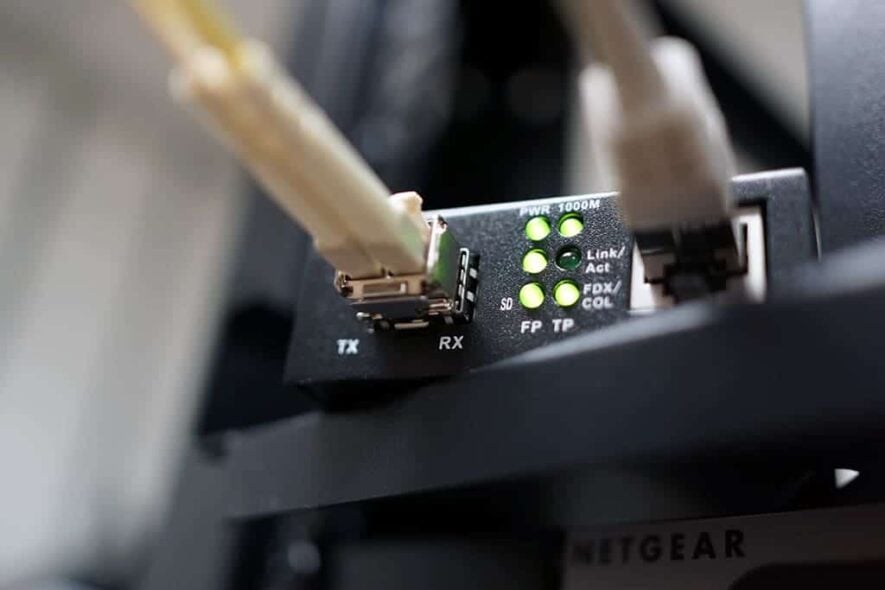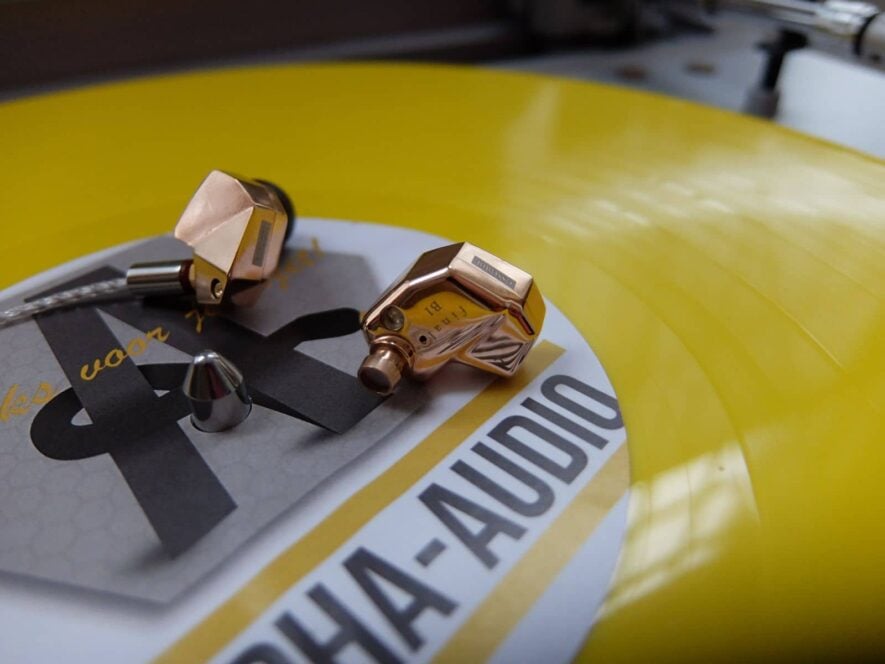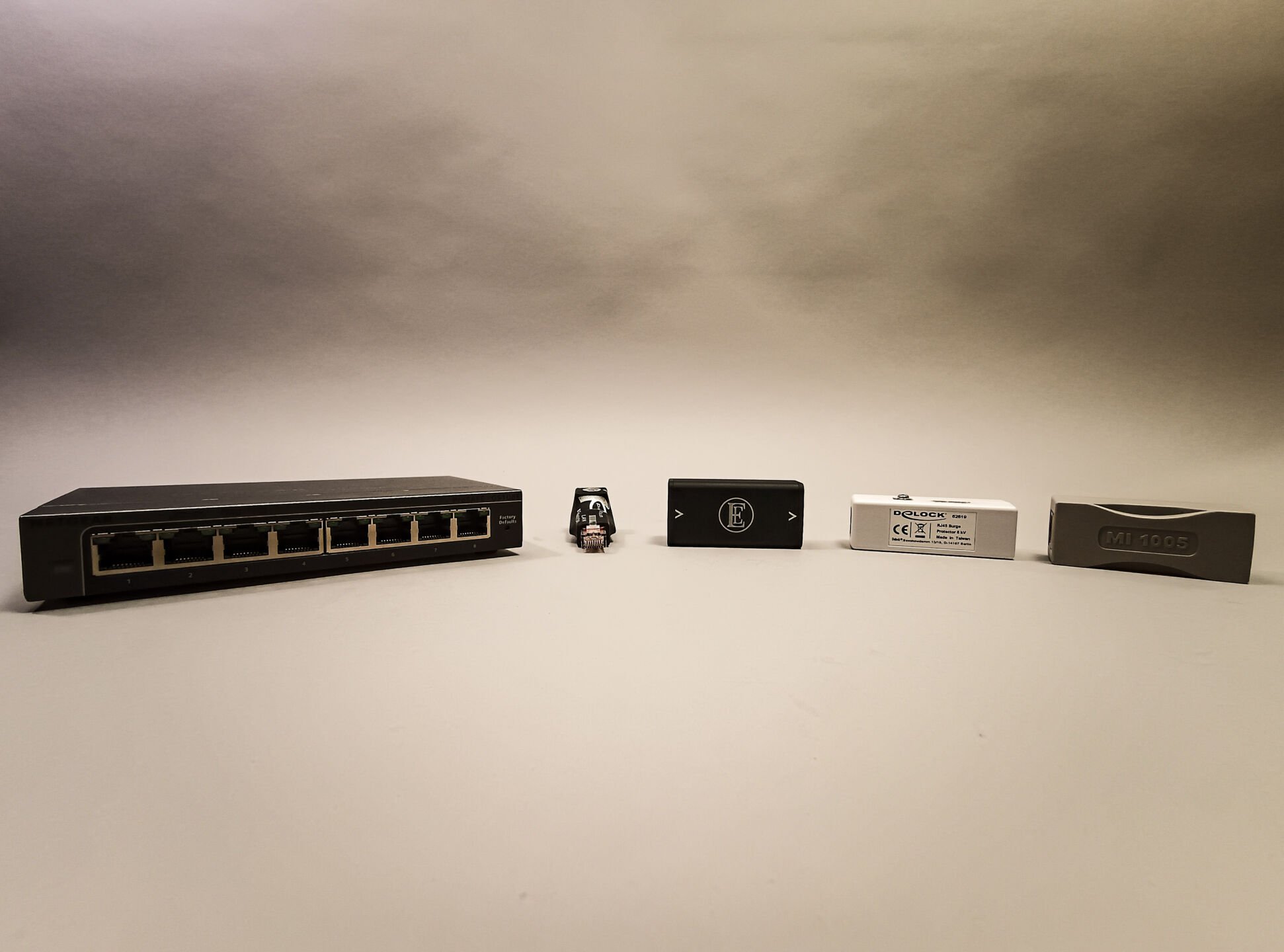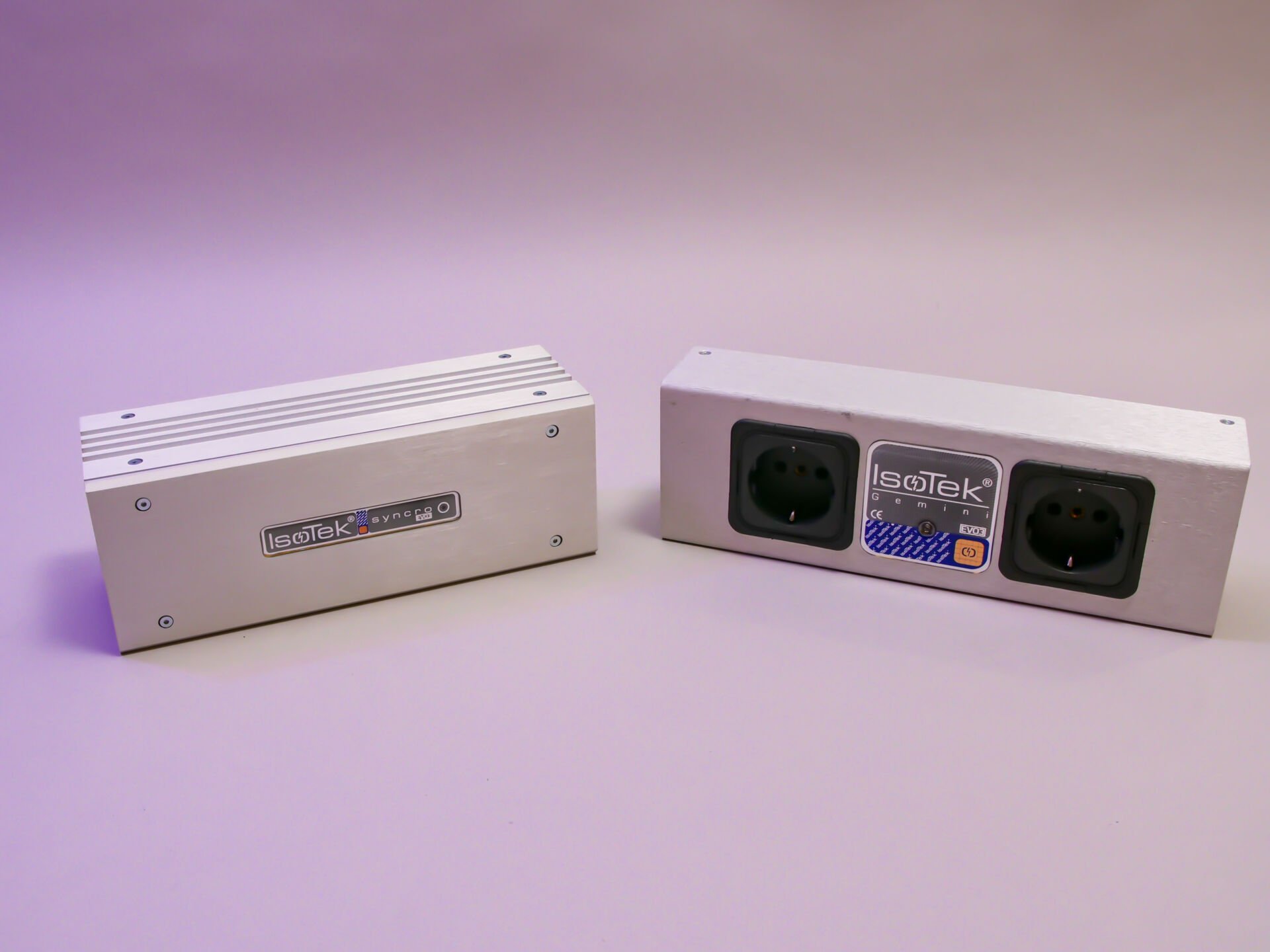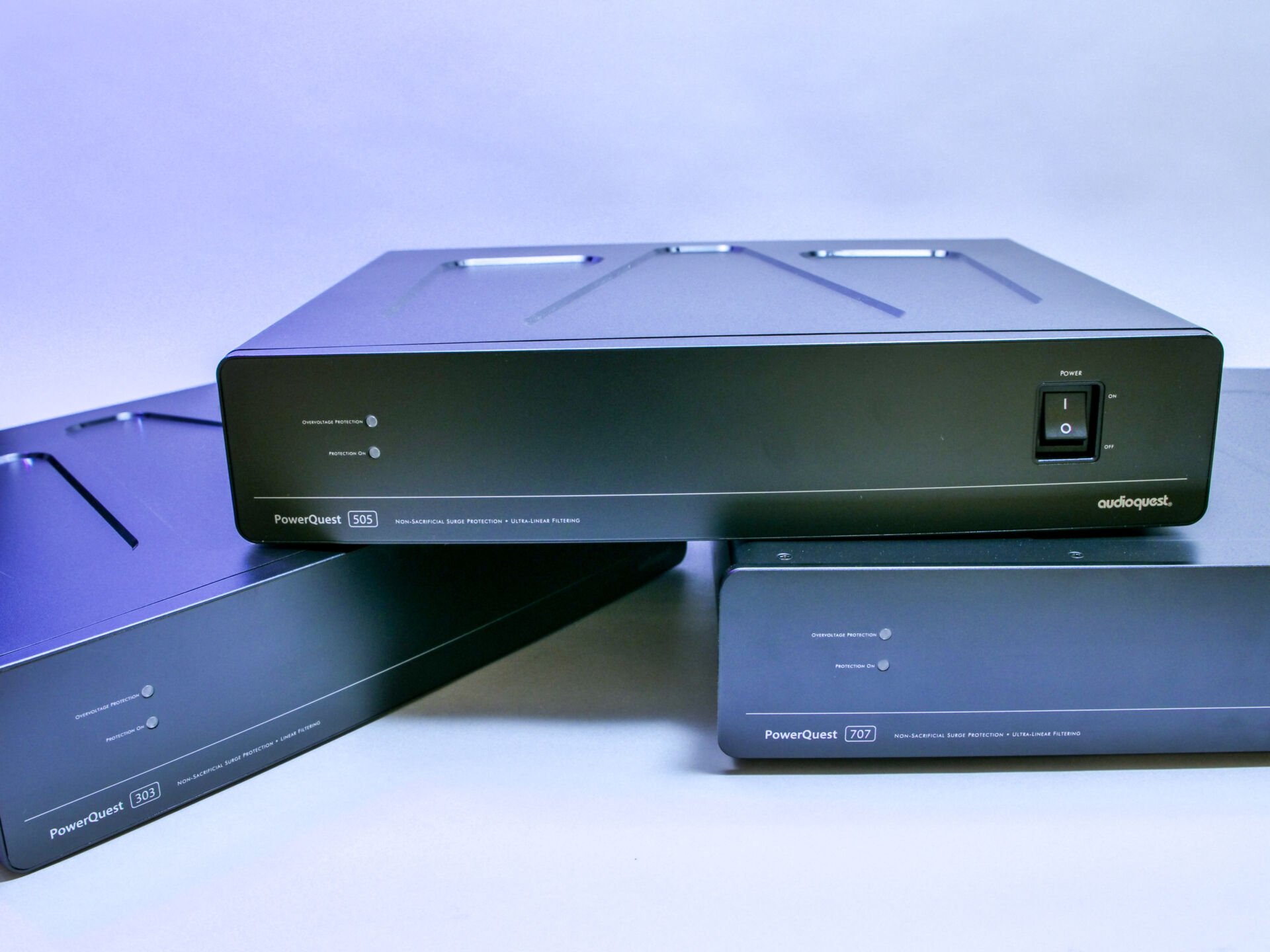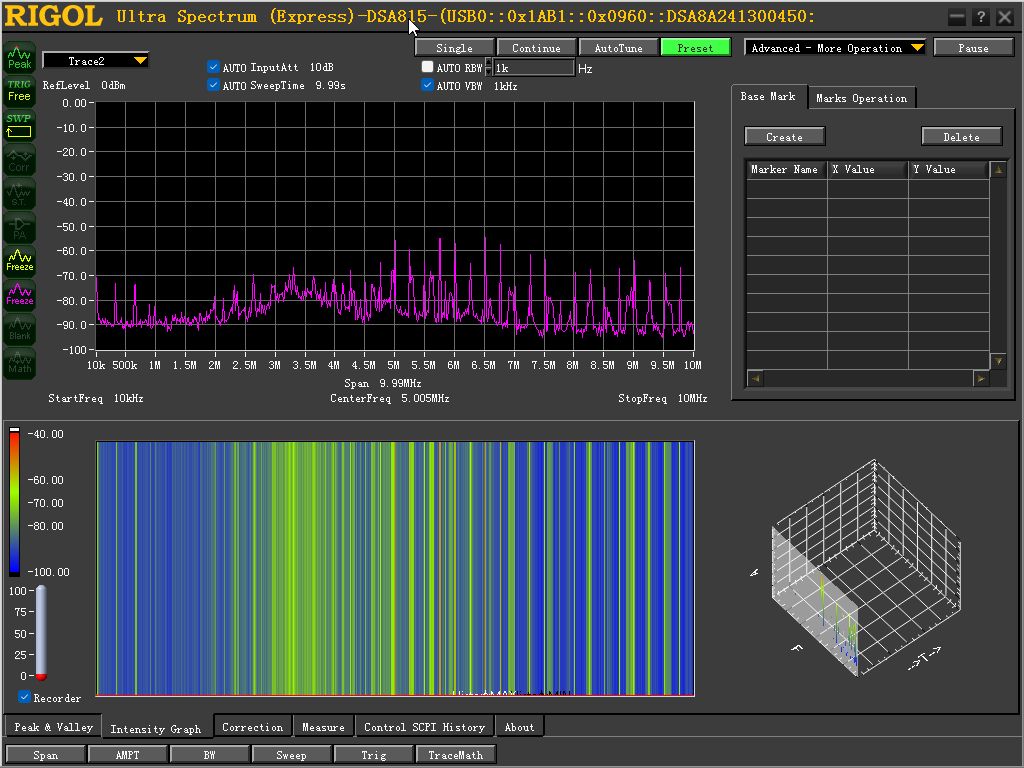

Measurements and conclusion
Contents

We took a few measurements to determin what the Sauropoda does. And to see if Pura has its specs straight on the website. All of that seems to be true. We see the noise dropping from 300 Hz. Pura reports from 100 Hz. That will be correct according to the circuitry and calculations. It also depends on how you measure of course. We sent in a few volts of 35 MHz white noise, which is a pretty intense amount of energy. And even then we see about a 40 dB of dropdown in noise. Not bad!
If we go to a more ‘real world’ measurement, we see that the Sauropoda undoubtedly keeps junk out. Just look at the ‘real grid noise’ measurement (via the LISN), where the purple line clearly shows that if there is a source of interference ín the Sauropoda, it practically stops affecting other equipment: everything is filtered out. The Orange line is the same amplifier directly in the mains (in this case also measured via the LISN).
A few measurements that are a bit more high-frequency can be seen on the spectrum analyzer. The measurements with the class D amplifier are through the LISN. This is all noise. The last measurement where the pictures are superimposed is an external adapter on a class D amplifier using an RF current probe. So that is common mode.
Remarkably, the Sauropoda removes almost all common mode noise. Which is correct according to the theory of the construction of this filter (large transformers). Differential mode remains partly present, but mainly high frequency: so above 2.5 MHz. The question is how much do you suffer from that.

